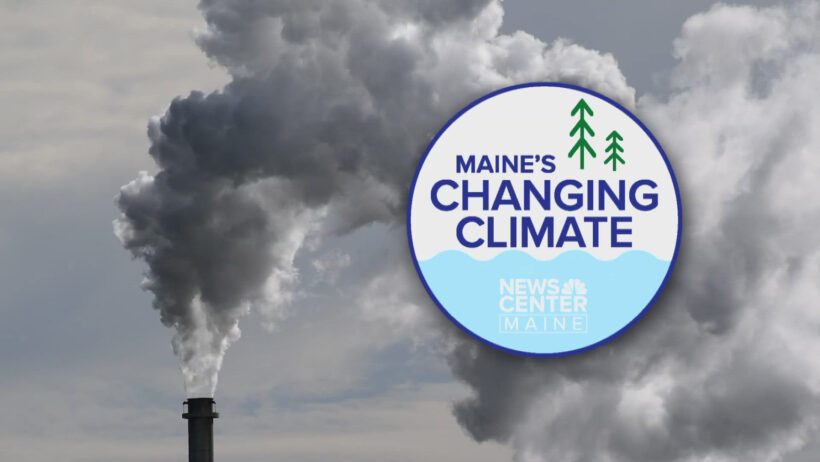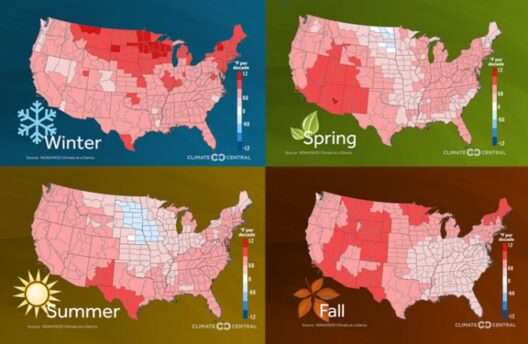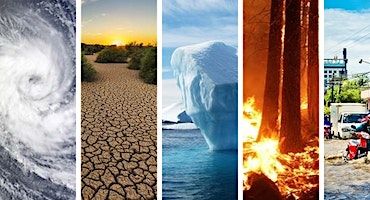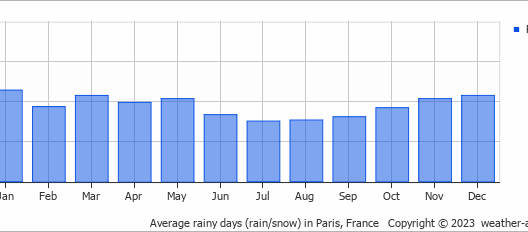Throughout the vast tapestry of Earth’s history, the climate has undergone a myriad of transformations, shaped by an amalgamation of natural phenomena and anthropogenic influences. The assertion that climate change is an innate characteristic of our planet is irrefutable; our atmosphere and climate systems have oscillated across epochs in response to myriad forces, including volcanic eruptions, solar radiation variations, and tectonic shifts. However, to delineate between natural climate variability and the unprecedented changes imposed by human activities is paramount. This discourse aims to elucidate how climate has indeed always been changing—but not in the manner we are witnessing today.
At the onset, it is crucial to recognize that Earth’s climate has experienced significant changes over millions of years. From the frigid glacial periods to the warm interglacial epochs, the planet’s climate has fluctuated dramatically. Such transitions have been orchestrated by natural processes: for instance, Milankovitch cycles, which revolve around variations in the Earth’s orbit and axial tilt that ultimately influence solar radiation distribution and, consequently, climatic conditions. The current understanding of these variations reveals that while the climate is inherently dynamic, its cycles have unfolded over extended timescales, often spanning thousands to millions of years.
In stark contrast, the climate alterations we presently confront have been accelerated by human activity. The Industrial Revolution heralded the aggressive burning of fossil fuels, leading to an unprecedented release of greenhouse gases (GHGs) into the atmosphere. The resultant increase in atmospheric carbon dioxide concentrations is a principal driving force behind modern global warming trends, a phenomenon that has ratified itself across the scientific community. From the mid-20th century onward, global temperatures have risen at a rate unparalleled in millennia, primarily due to anthropogenic influences.
Climate change, as it exists today, is not merely an extension of natural variability; it brings with it alarming implications for ecosystems, human health, and economic stability. The acceleration of climate-related phenomena—such as sea level rise, increased intensity of hurricanes, and unpredictable weather patterns—is unlike any historical precedent. For instance, peer-reviewed studies have documented a marked increase in the frequency and severity of extreme weather events. If we examine the data, it becomes abundantly clear that such patterns cannot be reduced to natural cycles alone.
Moreover, the contemporary narrative surrounding climate change often invokes the imagery of conflict between nature’s rhythm and human encroachment. This dichotomy has incited skepticism among some observers, perpetuating the myth that climate variability is merely a cyclical occurrence. Yet, a deeper examination reveals the precarious nature of our current trajectory, which is incompatible with the slow, gradual shifts characteristic of prior climatic phases. Unlike in preceding epochs, present-day climate change constitutes an existential crisis of sorts, driven by anthropogenic factors at an alarming pace.
Perhaps one of the most compelling arguments against the notion that climate variation is just a natural phenomenon lies in the examination of historical data. Paleoclimatology, the study of climate changes throughout Earth’s history, offers insights into the natural adjustments our planet has experienced. Ice core samples, tree rings, and sediment records illustrate that while past climate shifts interacted with natural oscillations, human interference has now accelerated these processes. The historical context provides a lens through which we can understand the atypical nature of today’s climate crisis.
Consider the example of the Younger Dryas, a late glacial period that unfolded around 12,900 to 11,700 years ago. This sudden cooling event serves as a case study in rapid climatic shifts occurring within nature’s tempo. Nevertheless, it is crucial to recognize that these changes did not occur because of decisions made by a dominant species. Today, however, every facet of our environment, from deforestation to industrial agriculture, amplifies our impact on climate systems. The essence of the current reality lies not in the slow ebbs and flows of ancient climates but in an alarming trend characterized by our maneuvers.
This dynamic begs a profound reconsideration of our perspective on climate change. The term “climate crisis” is no longer hyperbolic; it reflects an urgent call to action as the consequences of inaction could be catastrophic. Adaptation and mitigation must be at the forefront of global discourse. Recognizing the unique dimensions of present-day climate change necessitates not only understanding its origins but also acknowledging the necessity for conscientious stewardship of our planet’s resources.
Ultimately, tension resides not within an immutable dichotomy of climate permanence versus change but within our acknowledgment of the extraordinary nature of today’s shifts. The climate of yesterday is not the climate of today; the relationship between human activity and Earth’s climate has fundamentally altered to create a crisis that not only threatens our environment but also challenges the very essence of sustainable progress. To comprehend the nuances of climate change is to embrace the challenge of fostering a regenerative future, one where humanity can thrive in harmony with nature’s innate systems.
In conclusion, while climate has always been in flux, the contemporary changes we are witnessing are strikingly dissimilar to historical climatic transformations. They are characterized by their speed, intensity, and roots in human behavior. It is by dissecting these anomalies that we begin to grasp not only the urgency of the crisis at hand but also the potential pathways toward innovative solutions and sustainable ecological balance. As we navigate this uncharted territory, the need for a collective paradigm shift in perception and action becomes more vital than ever.








